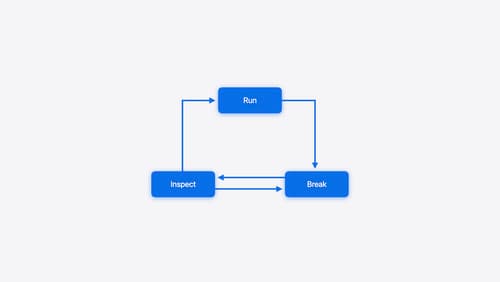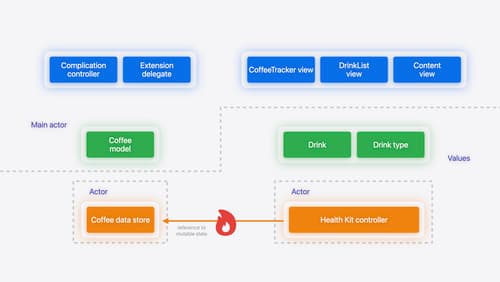how can i log tasklocal data?
Asked on 2024-07-30
1 search
To log task-local data in Swift, you can use the SwiftLog library, which supports structured logging by adding metadata to log messages. This provides additional context when troubleshooting problems. Here’s a brief overview of how you can achieve this:
-
Emit a Log: Use SwiftLog to emit a log when you start handling a new request. This can be done by adding metadata to your log messages.
-
Add Counters: You can use SwiftMetrics to add a counter that increments on each request to track how many requests your service has processed.
-
Distributed Tracing: Add Swift distributed tracing to create a span around your database query. This helps in troubleshooting a request end-to-end through your system.
-
Bootstrapping: Ensure you bootstrap your logging system first, followed by your metric system, and lastly your instrumentation system. This order is recommended because metrics and instrumentation systems might want to emit logs about their status.
Here’s a snippet of how you might instrument a method with logging, metrics, and tracing:
import SwiftLog
import SwiftMetrics
import SwiftDistributedTracing
func handleRequest() {
// Emit a log
logger.info("Handling new request", metadata: ["requestID": "\(UUID())"])
// Increment a counter
requestCounter.increment()
// Create a span for distributed tracing
let span = tracer.startSpan("databaseQuery")
defer { span.end() }
// Your database query logic here
}
For more detailed information, you can refer to the session Explore the Swift on Server ecosystem.
Relevant Sessions
- Explore the Swift on Server ecosystem
- Use CloudKit Console to monitor and optimize database activity
- Run, Break, Inspect: Explore effective debugging in LLDB
If you need more specific details or examples, feel free to ask!

Run, Break, Inspect: Explore effective debugging in LLDB
Learn how to use LLDB to explore and debug codebases. We’ll show you how to make the most of crashlogs and backtraces, and how to supercharge breakpoints with actions and complex stop conditions. We’ll also explore how the “p” command and the latest features in Swift 6 can enhance your debugging experience.

Xcode essentials
Edit, debug, commit, repeat. Explore the suite of tools in Xcode that help you iterate quickly when developing apps. Discover tips and tricks to help optimize and boost your development workflow.

Migrate your app to Swift 6
Experience Swift 6 migration in action as we update an existing sample app. Learn how to migrate incrementally, module by module, and how the compiler helps you identify code that’s at risk of data races. Discover different techniques for ensuring clear isolation boundaries and eliminating concurrent access to shared mutable state.
